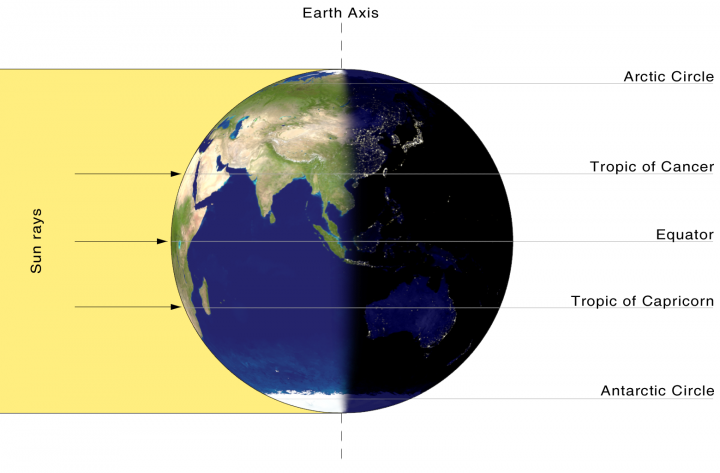In 2020, the spring equinox (also called the March
equinox or vernal equinox) falls on Thursday, March 19, which is earlier than
it’s been in over a century! This event marks the astronomical first
day of spring in the Northern Hemisphere.
THE EARLIEST SPRING IN MORE THAN 100 YEARS
If you’re as calendar-obsessed as we are, you may have
noticed something odd about this year’s spring equinox date. That’s right—it’s
earlier than usual! But that’s a bit of an understatement.
For much of the last century, the spring equinox has
occurred on March 20 or 21. This year, however, the equinox happens on the 19th
in all U.S. time zones, making it the earliest spring we’ll
have seen in our lives (so far). The last time spring arrived this early
was in 1896—a whopping 124 years ago!
Naturally, this leads to some important questions, like: Why
is the equinox so early this year? Will the date keep shifting earlier and
earlier? Will the equinox ever be on March 21 again?
WHEN IS THE FIRST DAY OF SPRING?
In the Northern Hemisphere, spring begins with the March
equinox, which may occur on March 19, 20, or 21. (In the Southern
Hemisphere, the March equinox marks the start of autumn, while the September
equinox marks the start of spring.)
|
Year
|
Spring Equinox (Northern
Hemisphere)
|
|
2020
|
Thursday, March 19, at 11:50 P.M. EDT
|
|
2021
|
Saturday, March 20, at 5:37 A.M. EDT
|
|
2022
|
Sunday, March 20, at 11:33 A.M. EDT
|
|
2023
|
Monday, March 20, at 5:24 P.M. EDT
|
WHAT DOES “EQUINOX” MEAN, EXACTLY?
The word equinox comes from the Latin words
for “equal night”—aequus (equal) and nox (night).
On the equinox, the length of day and night is nearly equal
in all parts of the world.
WHAT HAPPENS ON THE MARCH EQUINOX?
On the March Equinox,
the Sun crosses the celestial equator from south to north. It’s called the
“celestial equator” because it’s an imaginary line in the sky above the
Earth’s equator.
If you were standing on the equator, the Sun would pass
directly overhead on its way north.
Equinoxes are the only two times a year that the
Sun rises due east and sets due west for all of us
on Earth!
While the Sun passes overhead, the tilt of the Earth is
zero relative to the Sun, which means that Earth’s axis neither points toward
nor away from the Sun. (Note, however, that the Earth never orbits
upright, but is always tilted on its axis by about 23.5 degrees.)
After the spring equinox, the Northern
Hemisphere tilts toward the Sun, which is why we start to get
longer, sunnier days.


The phone screen is always broken, you can use this phone protective film.,We are a professional iPhone 8 Plus Protector exporter, protect the security of your iPad,mobile phone and mobile phone screen.
ReplyDeleteThis is a great post; it was very edifying. I look ahead in reading more of your work.
ReplyDeletePressure washing Bracknell Berkshire